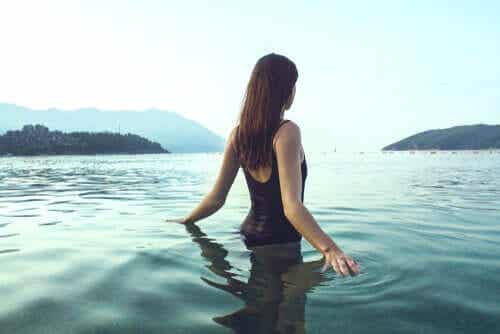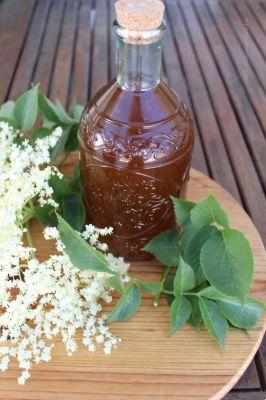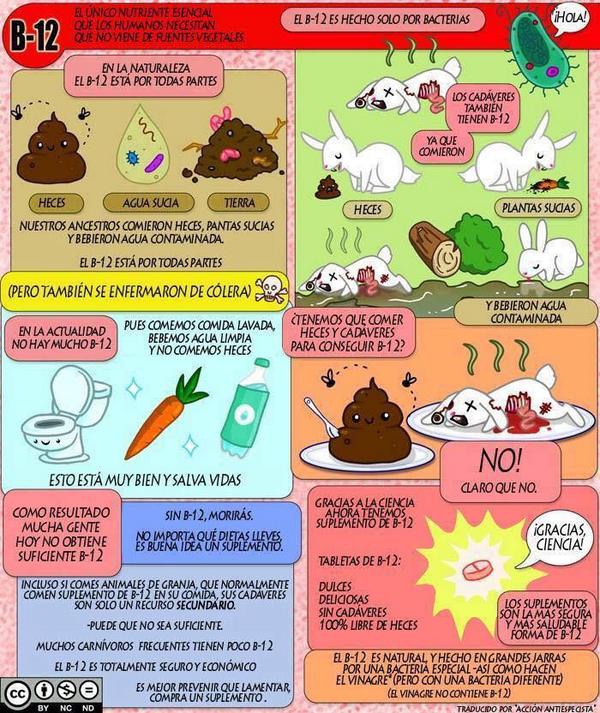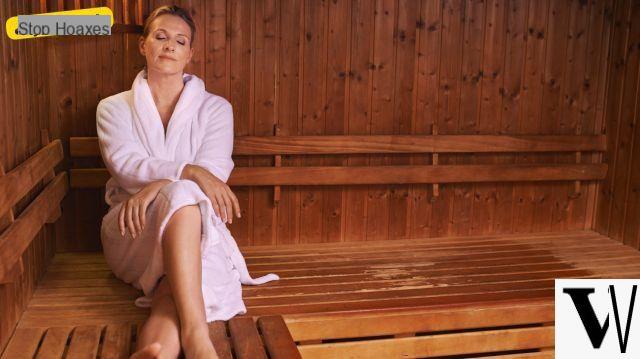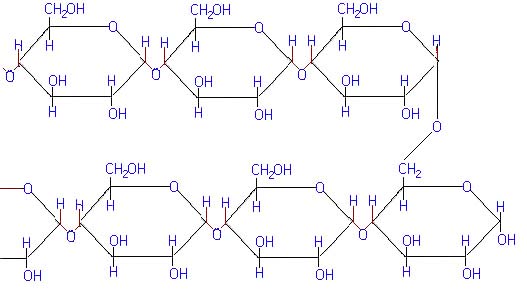generality
A sunscreen consists of any substance (or material) that can prevent the harmful effects of the sun's rays on the skin. 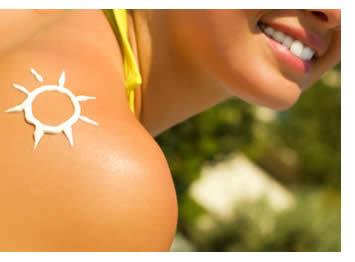 Apart from the risks associated with heat, in fact, the action of the sun represents a danger for burns and erythema, which can permanently damage the skin and cause precancerous changes, but also for the premature onset of wrinkles and other signs of skin aging. Exposure to ultraviolet rays is a known risk factor for the development of both melanoma and other forms of cancer originating from the basal cells (basal cell carcinomas or basaliomas) or superficial (squamous or squamous cell carcinomas) of the epidermis.
Apart from the risks associated with heat, in fact, the action of the sun represents a danger for burns and erythema, which can permanently damage the skin and cause precancerous changes, but also for the premature onset of wrinkles and other signs of skin aging. Exposure to ultraviolet rays is a known risk factor for the development of both melanoma and other forms of cancer originating from the basal cells (basal cell carcinomas or basaliomas) or superficial (squamous or squamous cell carcinomas) of the epidermis.
UV and SPF rays
Solar radiation
Solar radiation is classified according to its characteristic wavelength. In addition to visible light (perceived by the human eye), infrared (IR) and ultraviolet (UV) rays are distinguished. The latter manage to reach the dermis, producing an effect on the tissues and the metabolic system. Ultraviolet is made up of 3 categories of radiation: UVA, UVB and UVC.
- I UVA rays they penetrate deep into the skin, promote the release of melanin from melanocytes and tan. UVA represent a subtle threat to our skin: they are also present on days with overcast and cloudy skies and, unlike sunburn caused by UVB, they do not create particular immediate discomfort; nevertheless, their negative impact can manifest itself even after years. The effect of UVA is reduced by wearing sunglasses and is hindered by protective clothing and sunscreens.
- I UVB rays they are potentially more harmful and carcinogenic than UVA, but they stimulate the neosynthesis of melanin and activate the metabolism of vitamin D.
- I UVC rays they are the most dangerous radiations and, fortunately, they are shielded by the ozone layer in the earth's atmosphere (they usually do not reach the ground).
SPF - Sun protection factor
The abbreviation SPF is going to sun protection factor and provides a numerical indication (from 6 to 50+) relating to the product's ability to screen or block the sun's rays.
The SPF rating is calculated by comparing the amount of time required to produce a sunburn on skin protected with filter and without filter. However, it is a common misconception that the duration of effectiveness of a sunscreen can be calculated simply by multiplying the SPF with the duration of the time it takes to suffer skin damage without sunscreen. In fact, a number of factors influence the amount of solar radiation that reaches a person, including the duration of exposure, the time of day, geographic location and weather conditions.
Choice of the SPF
Dermatologists recommend using a sun protection factor of no less than 15 and, generally, a sun protection factor of 30 is considered the most suitable index for people who engage in outdoor activities for long periods of time. Indicatively, in a laboratory environment, a sunscreen with SPF 30 absorbs about 97% of UVB rays, while the sun protection factor 15 absorbs about 93%. A high index indicates better protection against sunburn caused by UVB rays (the higher the SPF, the greater the protection from the action of the sun).
When to choose an SPF 50 or 50+?
A "very high" protection is indicated to prevent skin damage for people with very fair complexions or for those who carry out winter activities at high altitudes.
As for the protection against GRAPE, there is not yet a proper rating system, but the compliance criteria relating to broad spectrum products", ie sunscreens that protect the skin from UVA and UVB rays at the same time. According to the latest recommendations of the European Commission, a sunscreen must contain substances (filters and screens) that allow a good protection ratio UVB / UVA, where the UVA protection should correspond to 1/3 of the declared UVB protection.
According to the European Commission, the labeling of sun protection products must be simple, standardized and understandable, to allow consumers to identify and select sunscreen products that are "generally recognized as safe and effective" and that offer suitable protection against sunburn, aging. early skin and skin cancers. In particular, misleading terms such as "sun block" or "full screen" can no longer be used and there should no longer be products with a protection factor lower than 6 or higher than 50+. Here is the summary table of SPF values:
| Protection | SPF |
| Bassa | 6 - 10 |
| Media | 15 - 20 - 25 |
| Alta | 30 - 50 |
| Very high | 50+ |
How does it work?
How can sunscreen shield the skin from UV rays?
Sunscreens absorb or reflect UV rays. The active ingredients in the so-called "chemical" sunscreens (salicylates, cinnamates, oxybenzone, octylcrylene and others), thanks to their structure, they are able to absorb UV light. Currently, some chemical filters are commercially available that allow full coverage of the ultraviolet spectrum (UVB, short UVA and long UVA). Titanium dioxide and zinc oxide, on the other hand, are inert mineral substances with a strong covering power, which physically reflect sunlight and which for this reason fall within the so-called physical screens. The original formulas of these "physical" sunscreens give the typically white tint when applied to the skin (fortunately, the newer formulations leave no trace and blend with the natural skin tone).
In addition to filters and / or screens, the formulation of the solar product includes the addition of excipients, which are responsible for determining the following characteristics: consistency, resistance to water and sweating, ease of application, rapid absorption, permanence of the product on the skin and so on.
Which one to choose?
The sunscreen product best suited to your needs must meet various objective and subjective criteria. From a cosmetological point of view, it must be:
- able to protect against all ultraviolet radiation (UVB, short UVA and long UVA);
- photostable (i.e. not changing with light);
- safe, non-toxic and non-sensitizing;
- water resistant (or "very water resistant") and sweat;
- easy to apply and pleasant on the skin.
Other factors that can affect the effectiveness of sunscreen are:
| Phototype | Fair-skinned Caucasian people (especially people with freckles and blond or red hair) need to be especially diligent in applying sunscreen (or shielding their skin with clothing and hats). If you have specific concerns about your particular skin type, your dermatologist's advice can help you identify the most appropriate protection factor. |
| Duration and time of the expected exhibition | Sun exposure should be avoided during the hottest hours of the day, from 10 to 16, when the intensity of the sun is highest. |
| Location | Altitude: UV radiation is estimated to increase by 4% for every 1.000 meters of elevation gain. Therefore, at higher altitudes, sunscreen should be applied and reapplied more conscientiously. Latitude: the intensity of the sun becomes greater as you get closer to the equator, so you should also adapt your sun protection strategies. Climatic characteristics:high levels of temperature and humidity trigger greater transpiration, decreasing the potential effectiveness of sunscreens. |
| Age | Children and the elderly require a higher protection factor. |
| Presence of any reflective surfaces | Sand, snow, ice and water can reflect up to 80% of UV rays, intensifying the exposure (reflected radiation). |
| Conducting outdoor activities | Regardless of direct and conscious exposure to sunlight. |
| Simultaneous intake of drugs or the presence of any concomitant pathologies | They can increase sensitivity to the sun. |
The following table reflects the general orientation for evaluating skin types:
| Phototype | Hair | Complexion | Tan | Characters of the phototype |
| I | Blond or red | Milky white | Very light | Extremely sensitive skin to the sun. Always needs maximum protection. Develop a noticeable erythema with each unprotected sun exposure. |
| II | Light or dark blond | Chiara | light | Sun sensitive skin. It tends to burn easily. |
| III | Dark blond or brown | Chiara | Light-medium | Intermediate skin. You can burn yourself after intensive sun exposure. |
| IV | Castano | Olivastra | dark | Very resistant leather. Not very sensitive, it rarely reacts to intensive sun exposure. |
| V | Castano | dark | dark | It never reacts to sun exposure. |
| VI | blacks | Dark or black | dark | There is no noticeable difference in color after exposure to sunlight. |
Recommendations for use
What are the key factors to consider when using sunscreen?
- For outdoor activities for long periods of time (4 hours or more of sun exposure), choose a sunscreen that offers a sun protection factor (SPF) of 30 or higher.
- Generally, the SPF number only indicates the effectiveness of a sunscreen against UVB rays (therefore against sunburn). To protect the skin from both UVB and UVA rays (which cause premature skin aging), look for a sunscreen that can provide broad spectrum UV protection (UVA / UVB, these indications are often found on the label or packaging of the sunscreen) .
- Shake the container well and distribute the sunscreen generously over all exposed skin. Most adults should use approximately 35ml of sunscreen to cover the whole body (amount equal to a liqueur glass for each application). Applying too thin a layer of product may reduce the ability of the sunscreen to absorb or reflect UV light. Pay particular attention to sensitive areas such as the nose, ears and feet. Sunscreen should be applied to dry skin 30 minutes before exposure. Reapply the same amount of sunscreen every 2 hours.
- When a product is presented as water resistant it means that it is able to maintain its protective capacity over time. However, it is advisable to repeat the application of the product after prolonged contact with water, sweat or various surfaces (towels, vegetation or sand).
- Overcast skies still require sun protection, as UV light (especially UVA) is able to penetrate through the clouds. The sun's rays can also pass through glass. As a result, the skin could also be exposed to the risk of aging due to the action of sunlight coming from a window. For these reasons, some people include sunscreen in their daily cosmetic routine.
- Shade and protective clothing (wide-brimmed headgear, long-sleeved shirts, etc.) are other methods of shielding the skin from UV rays. Many argue that the first line of defense for the skin consists in wearing clothing made with sunscreen fabrics, with a UV protection factor (the acronym is UPF, they are made with a particular treatment to block the sun's rays). A plain white cotton shirt offers a UPF between 4 and 8, and when wet it provides less protection.
Does the sunscreen lose its effectiveness over time?
Over time, contact with the external environment can alter the solar filters contained in the product, even if they are photostable. Incorrect closing of the bottle, infiltration of sand, etc. they can modify the effectiveness and characteristics of the sunscreen. For this reason it is important to take into consideration the expiry date or the PAO index shown on the primary container or on the label, and replace the sunscreen product at the end of this period to avoid any type of risk for the skin. The PAO index indicates the period after opening (in months, example: 6M) within which the opened sun product (and cosmetics, in general) can be used safely. Also try the use of after sun
Can I use sunscreen and insect repellent at the same time?
Yes, but the effectiveness of both will be diminished. The suggested strategy is to first apply sunscreen to dry skin and after 20 - 30 minutes the repellent. In addition, there are some combination products available that protect against the sun and insects.







